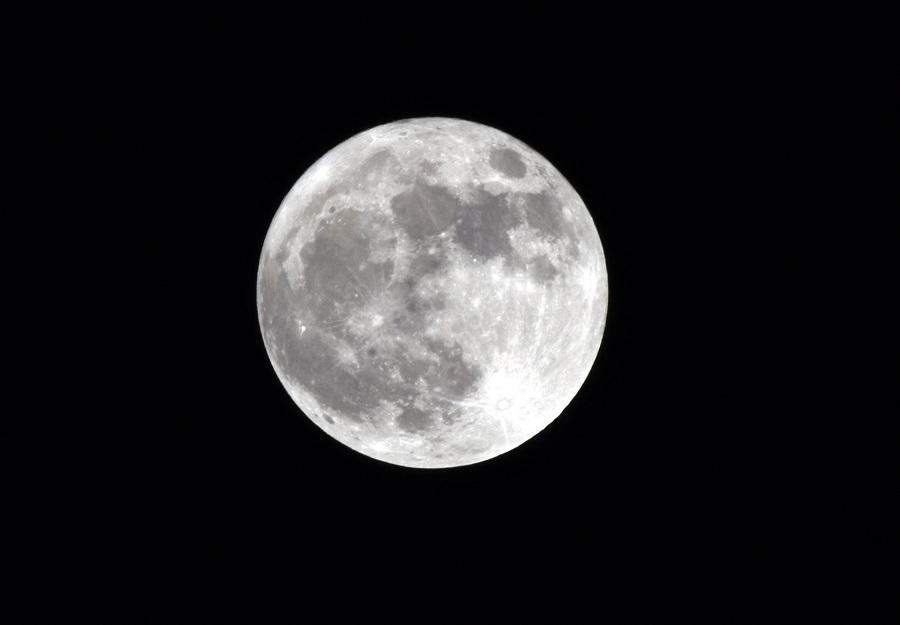Artemis I is heading towards the moon, blazing a trail for Nasa’s next era of space exploration. Nasa’s majestic new rocket soared into space for the first time in the early hours of Wednesday, lighting up the night sky and accelerating on a journey that will take an astronaut-less capsule around the moon and back.
This flight, evoking the bygone Apollo era, is a crucial test for Nasa’s Artemis programme that aims to put astronauts, after five decades of loitering in low-Earth orbit, back on the moon. “We are all part of something incredibly special,” Charlie Blackwell-Thompson, the launch director, said to her team at the Kennedy Space Center after the launch.
“The first launch of Artemis. The first step in returning our country to the moon and on to Mars.” At 1:47am (Eastern time), the four engines on the rocket’s core stage ignited, along with two skinnier side boosters, As the countdown hit zero, clamps holding the rocket down let go, and the vehicle slipped Earth’s bonds.
The glare from the engines was as bright as a giant welding torch, turning night into day for a few minutes. A loud rumble then rolled over the space centre. As the rocket rose, its destination — the moon — was located just to the right in the night sky.
A few minutes later, the side boosters and then the giant core stage dropped away. The rocket’s upper engine then ignited to carry the Orion spacecraft, where astronauts will sit during later missions, towards orbit.
(New York Times News Service)











